NASA's plan to build a moon base has taken a "giant leap" forward after the lunar surface was analyzed... using a single grain of soil.
The groundbreaking technique sheds fresh light on the barren world - and could make colonization a reality.
Moon dust, known as regolith, could be made into construction materials for a domed or underground city.
They may also be used to protect the first human settlers from heat, cold and radiation.
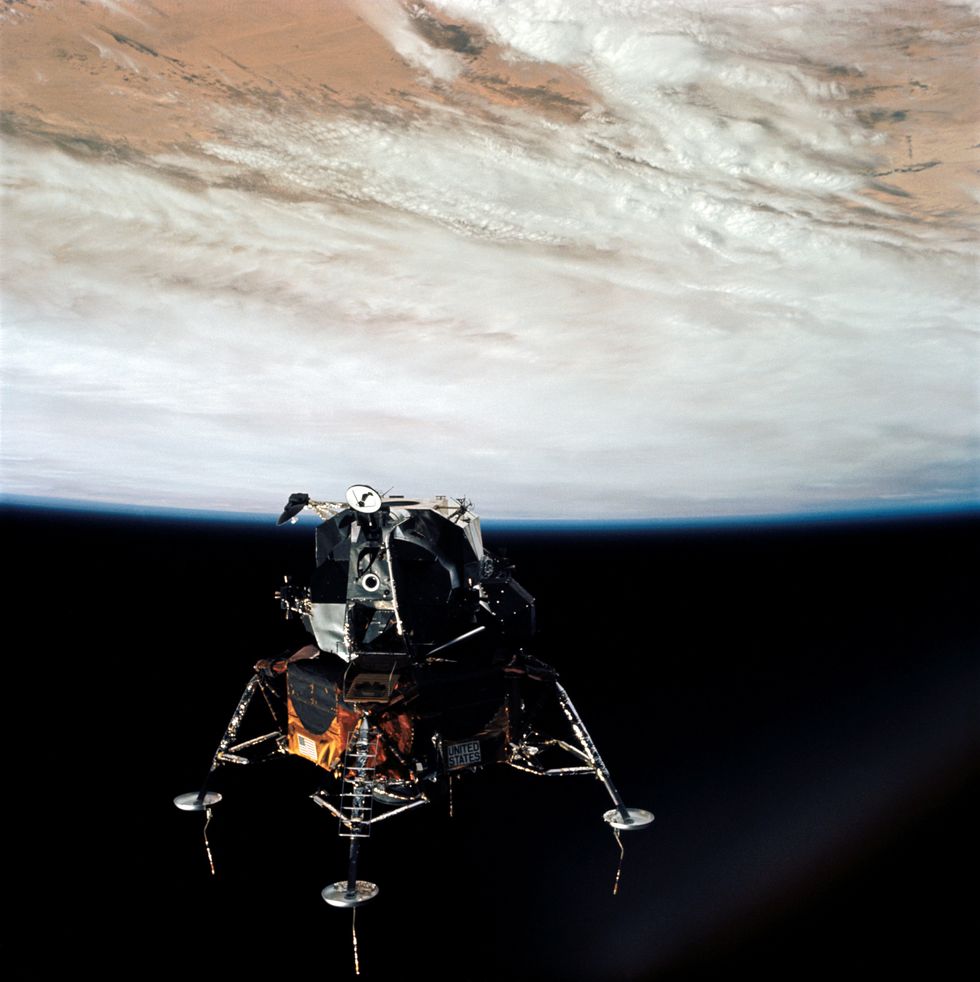
First author Jennika Greer, a PhD student in geophysical sciences at the University of Chicago, said:
"We are analyzing rocks from space, atom by atom."
"It is the first time a lunar sample has been studied like this. We're using a technique many geologists haven't even heard of."
Paraphrasing Neil Armstrong, she added:
"One small grain of moon dust is one giant leap for lunar studies."
The moon is the only place we can go to find traces of the geological record from the earliest epochs of our own planet when life emerged.
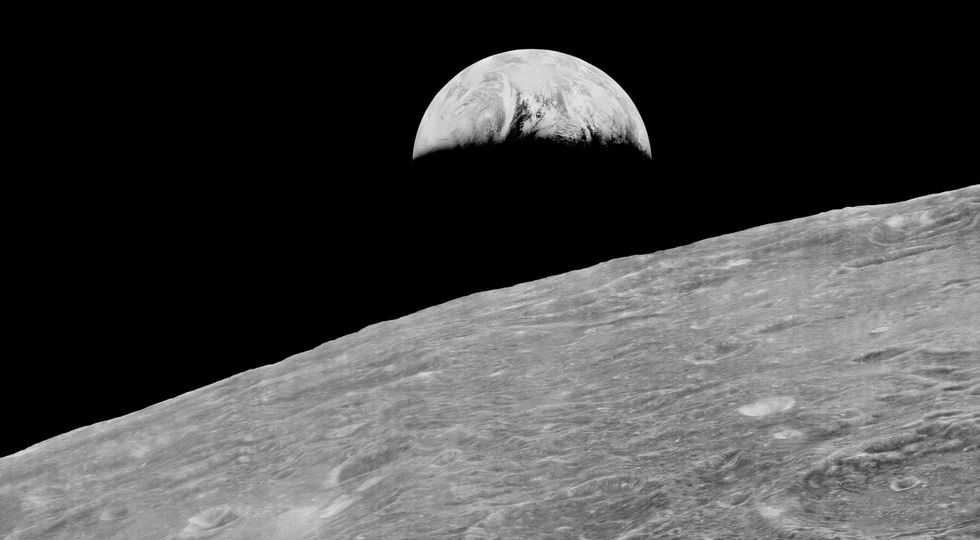
NASA plans to return this decade - for the first time in more than half a century. Permanent habitation may begin within 20 years.
Co author Professor Philipp Heck, a curator at the Field Museum, Chicago, said:
"We can apply this technique to samples no one has studied."
"You are almost guaranteed to find something new or unexpected. This technique has such high sensitivity and resolution, you find things you would not find otherwise and only use up a small bit of the sample."
Called APT (atom probe tomography), it worked on the sharp and gritty grain samples brought back by Apollo 17 geologist Harrison Schmitt in 1972.
The study published in Meteoritics & Planetary Science will help us learn more about conditions there and the formation of precious resources like water and helium.
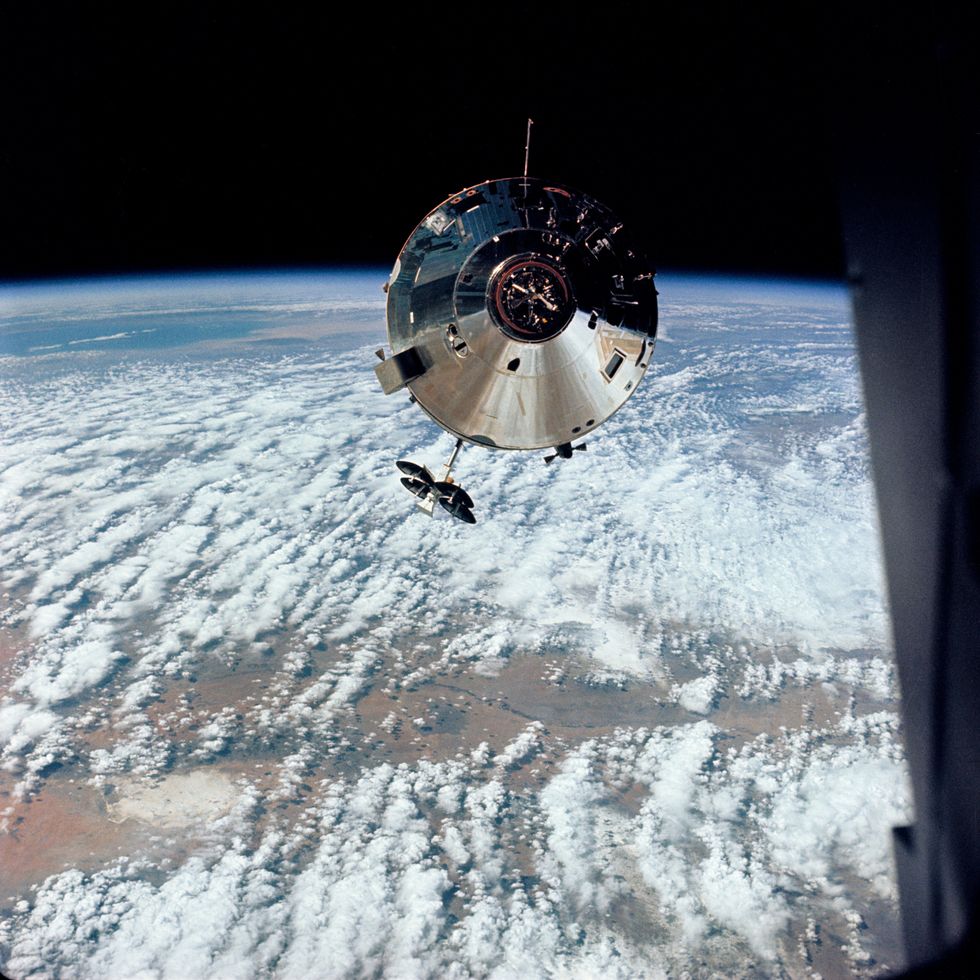
APT is normally used to improve industrial processes such as making steel and nanowires.
Most Apollo samples are stowed in a bank style vault at Johnson Space Center, Houston.
They are loaned to researchers sparingly. Ms Greer required just one single grain, about as wide as a human hair.
In that tiny speck she identified products of space weathering, pure iron, water and helium that formed through the interactions of the lunar soil with the environment.
Ms Greer said:
"Extracting these precious resources from lunar soil could help future astronauts sustain their activities on the Moon."
She used a focused beam of charged atoms to carve a tiny, super-sharp tip into its surface.
This was only a few hundred atoms wide. To put this in context, a sheet of paper is hundreds of thousands of atoms thick.
Prof Heck said:
"We can use the expression nano-carpentry. Like a carpenter shapes wood, we do it at the nano-scale to minerals."
Once the sample was inside the ATP scanner, Greer zapped it with a laser to knock atoms off one by one. As they flew off, they struck a detector plate.
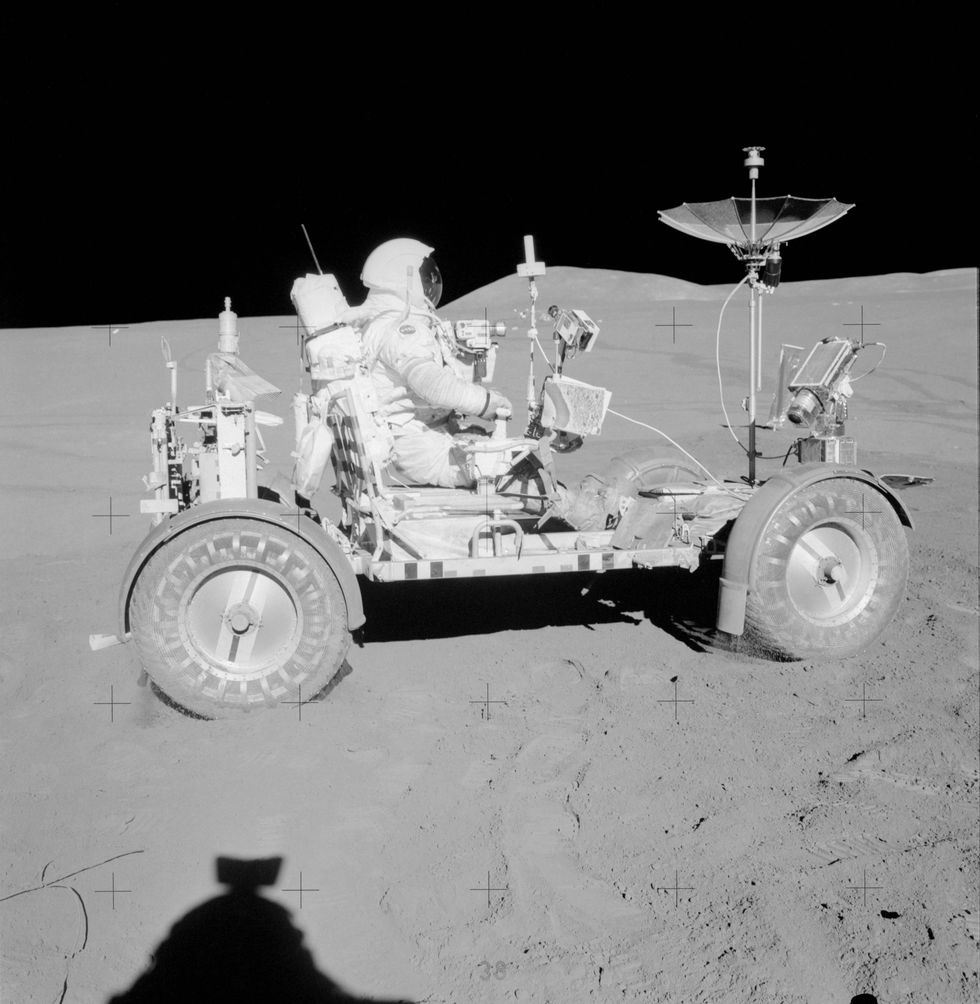
Heavier elements, like iron, take longer to reach the detector than lighter elements, like hydrogen.
By measuring the time between the laser firing and the atom striking the detector, the instrument is able to determine the type at that position, and its charge.
Finally, Ms Greer reconstructed the data in three dimensions using a color-coded point for each atom and molecule to make a nano-scale 3D map of the Moon dust.
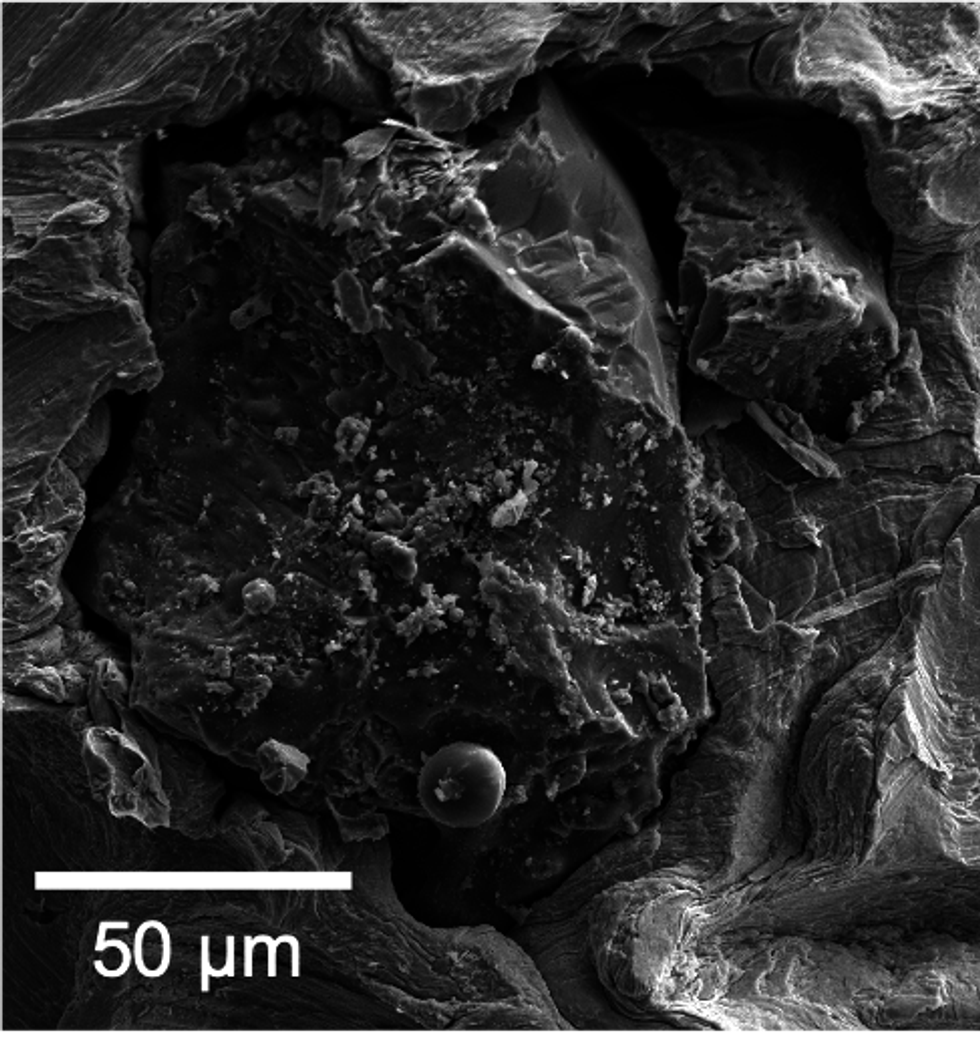
It's the first time scientists can see both the type of atoms and their exact location in a grain of lunar soil.
Nobody had ever tried using the device for lunar samples before. The researchers encourage other cosmo-chemists to try it out.
Ms Greer said:
"It is great for comprehensively characterizing small volumes of precious samples."
"We have these really exciting missions like Hayabusa2 and OSIRIS-REx returning to Earth soon - uncrewed spacecrafts collecting tiny pieces of asteroids."
"This is a technique that should definitely be applied to what they bring back because it uses so little material but provides so much information."
Studying soil from the moon's surface gives scientists insight into an important force within the solar system - space weathering.
Space is a harsh environment with tiny meteorites, streams of particles coming off the Sun and radiation in the form of solar and cosmic rays.
While Earth's atmosphere protects us, other bodies like the Moon and asteroids don't have atmospheres.
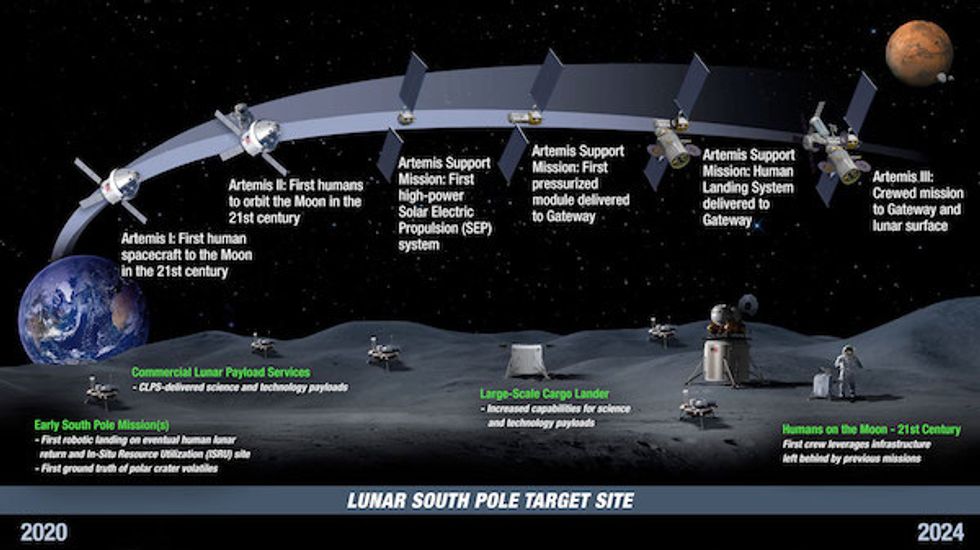
As a result, the soil on the Moon's surface has undergone changes caused by space weathering, making it fundamentally different from the satellite's interior rock.
Ms Greer said:
"It is kind of like a chocolate-dipped ice cream cone - the outer surface does not match what is inside."
Her nano-sized tip also means her original grain of moon dust is still available for future experiments.
Future generations of scientists can make new discoveries and predictions from the same precious sample.
Prof Heck said:
"Fifty years ago, no one anticipated someone would ever analyze a sample with this technique, and only using a tiny bit of one grain."
"Thousands of such grains could be on the glove of an astronaut, and it would be sufficient material for a big study."
Lunar dust is fine, like a powder, but it cuts like glass. It is formed when meteoroids crash on the moon's surface, heating and pulverizing rocks and dirt, which contain silica and metals such as iron.
Since there is no wind or water to smooth rough edges, the tiny grains are sharp and jagged, and cling to nearly everything.
Added Ms Greer:
"It is important to understand these materials in the lab so we understand what we're seeing when we look through a telescope."
"Because of something like this, we understand what the environment is like on the Moon."
"It goes way beyond what astronauts are able to tell us as they walk on the Moon. This little grain preserves millions of years of history."
NASA was so impressed it is funding the team for the next three years to study different types of lunar dust with APT to quantify its water content and investigate other aspects of space weathering.
*A version of this story originally appeared on SWNS and was written by Mark Waghorn

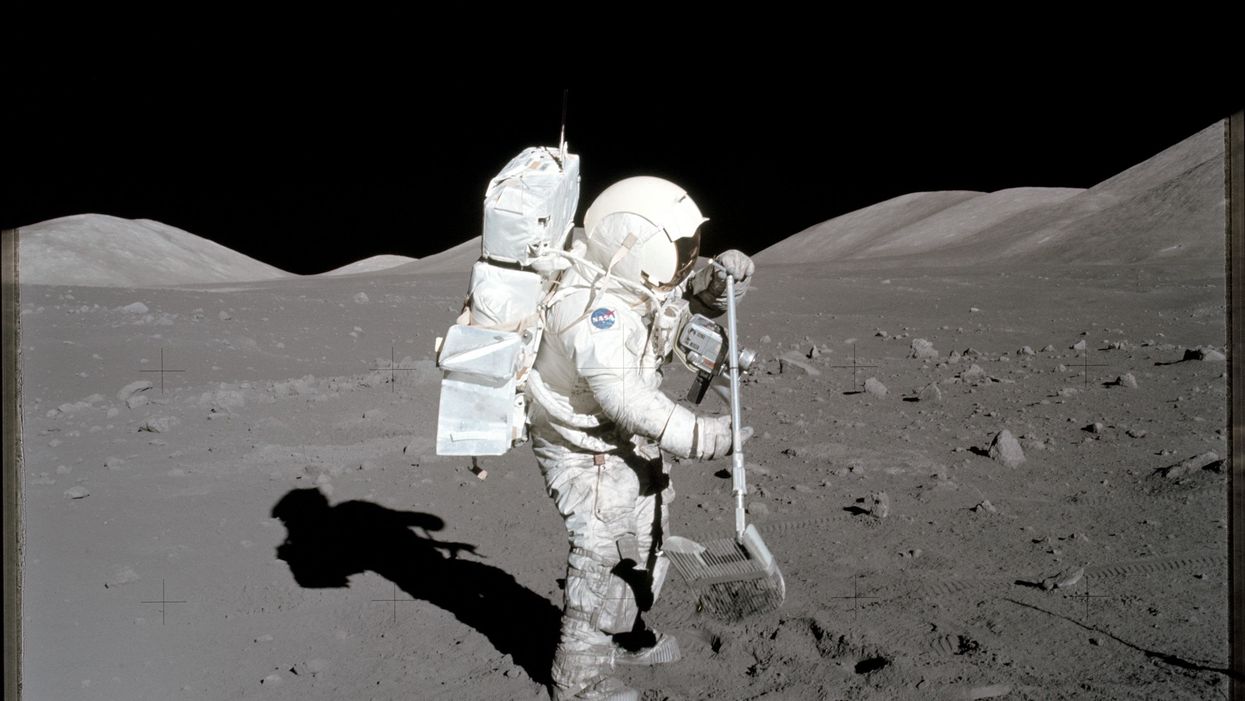
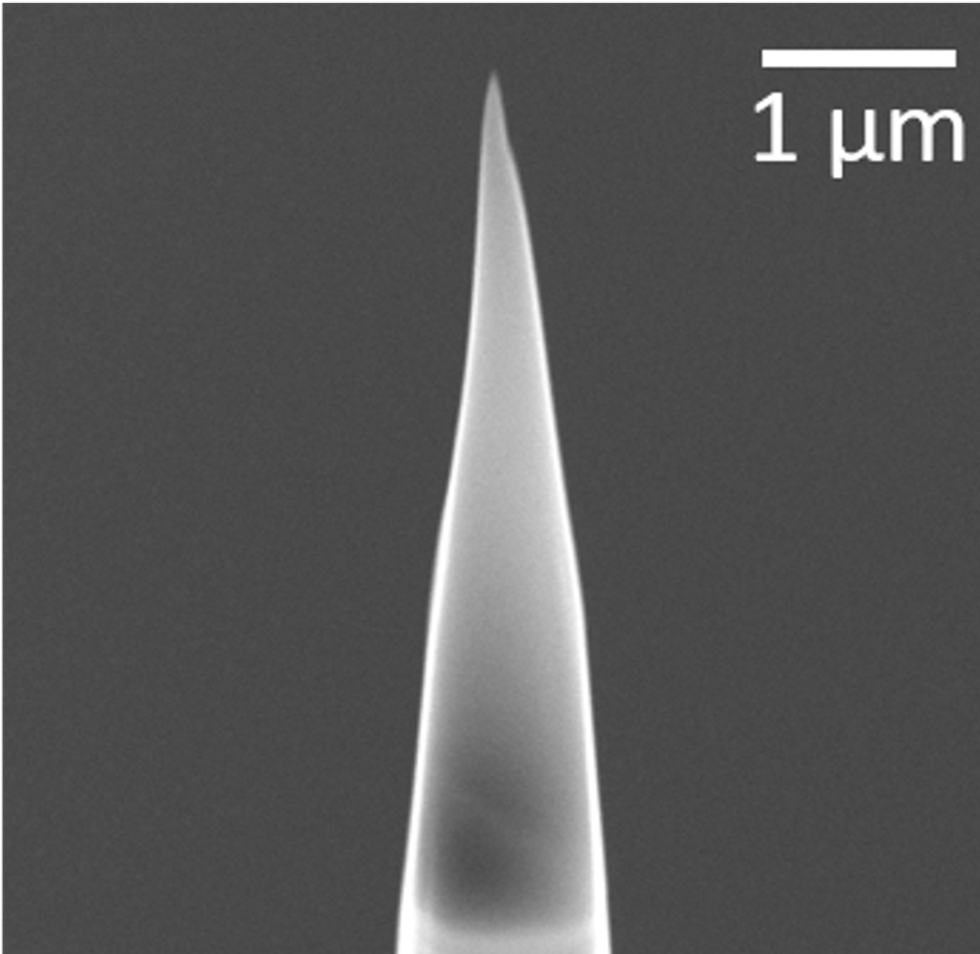




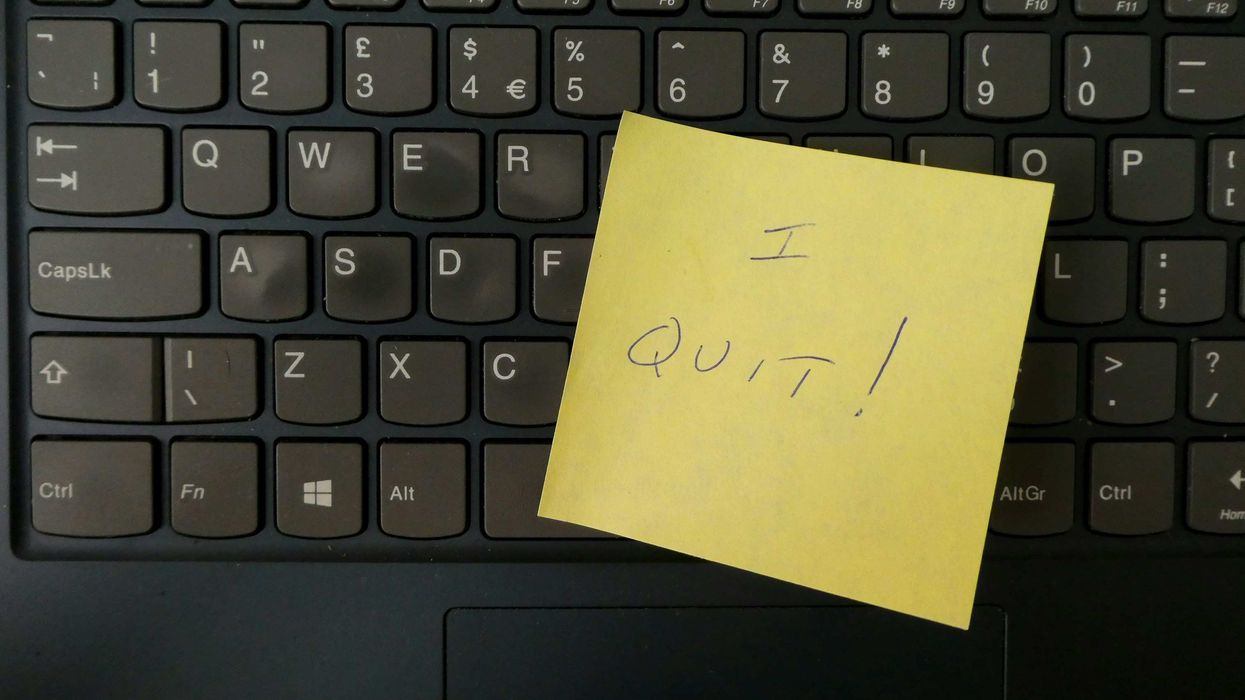







 u/mlg1981/Reddit
u/mlg1981/Reddit u/Miserable-Cap-5223/Reddit
u/Miserable-Cap-5223/Reddit u/riegspsych325/Reddit
u/riegspsych325/Reddit u/raysofdavies/Reddit
u/raysofdavies/Reddit u/NotAsBrightlyLit/Reddit
u/NotAsBrightlyLit/Reddit u/LvLtrstoVa/Reddit
u/LvLtrstoVa/Reddit u/mysocalledmayhem/Reddit
u/mysocalledmayhem/Reddit
 @unpunishablewoman/TikTok
@unpunishablewoman/TikTok @unpunishablewoman/TikTok
@unpunishablewoman/TikTok @unpunishablewoman/TikTok
@unpunishablewoman/TikTok @unpunishablewoman/TikTok
@unpunishablewoman/TikTok @unpunishablewoman/TikTok
@unpunishablewoman/TikTok @unpunishablewoman/TikTok
@unpunishablewoman/TikTok @unpunishablewoman/TikTok
@unpunishablewoman/TikTok @unpunishablewoman/TikTok
@unpunishablewoman/TikTok @unpunishablewoman/TikTok
@unpunishablewoman/TikTok @unpunishablewoman/TikTok
@unpunishablewoman/TikTok
 @helsmcp/TikTok
@helsmcp/TikTok @helsmcp/TikTok
@helsmcp/TikTok @helsmcp/TikTok
@helsmcp/TikTok @helsmcp/TikTok
@helsmcp/TikTok @helsmcp/TikTok
@helsmcp/TikTok @helsmcp/TikTok
@helsmcp/TikTok @helsmcp/TikTok
@helsmcp/TikTok @helsmcp/TikTok
@helsmcp/TikTok @helsmcp/TikTok
@helsmcp/TikTok @helsmcp/TikTok
@helsmcp/TikTok